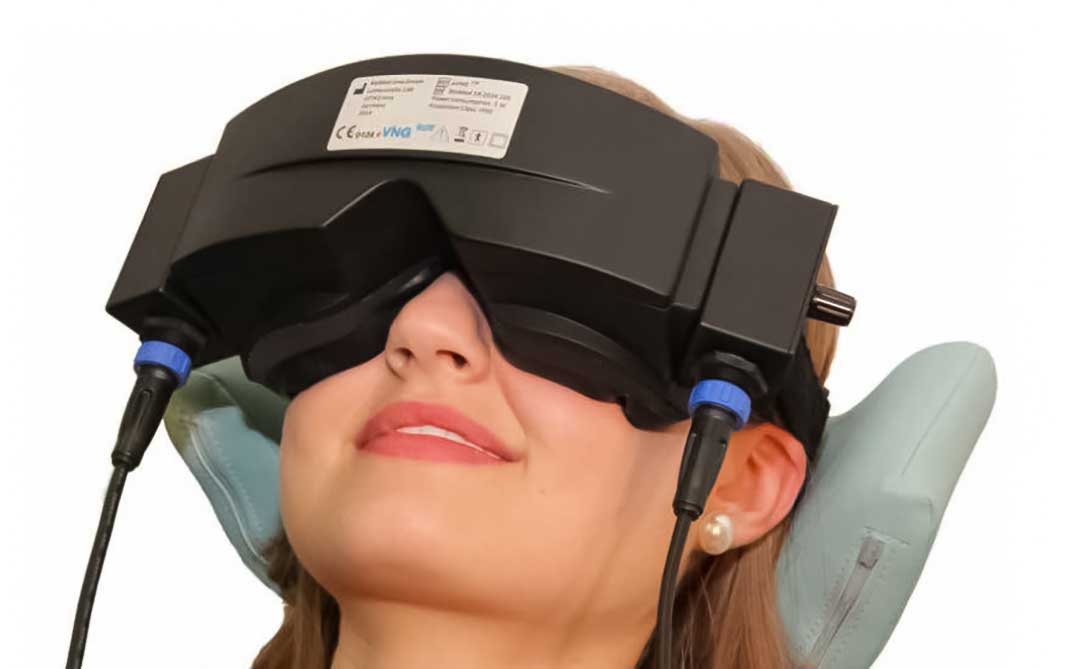
Videonystagmography (VNG)
Videonystagmography (VNG) is a diagnostic tool utilized to differentiate various balance disorders by tracking eye movements. The vestibulo-ocular reflex (VOR) is crucial for maintaining balance, and disruptions in this system can lead to dizziness and balance issues.
Integration with computer technology has greatly facilitated complex nystagmography analyses. Through a USB 2.0 interface, VNG connects to a PC or Notebook, enabling precise pupil identification and parameterization, even accommodating eyes with makeup. The software, utilizing a patient database, automatically analyzes eye movements and presents the data alongside video images.
Initially offering tests for spontaneous and positional nystagmus as well as calorifics, the program can be expanded to include additional tests such as saccadic and optokinetic assessments. The user-friendly interface provides real-time eye images, enhanced image processing algorithms, automatic nystagmus detection, parameter calculations, artifact rejection, and detailed result printouts, requiring no additional hardware.
Technical Specifications
- PC requirement: PC or laptop with Intel Core processor i5, RAM: 4 GB, graphics card: 2 GB RAM, USB 2.0
- Monitor: 1600×900 pixels (better Full HD), runs under Windows 7.0/ 8.0/ 8.1 /10 (32/64 bit)
- System: IR lighting according to EN 60825-1, IM sensor with 800 Hz
- Video recording: Fully automatic test process
- Camera resolution: 1280×1024 pixels
- Video mask:
– Stable binocular combination mask
– Sharpness of the image can be adjusted
– Mirror adjustable in three levels
– Soft padding for optimal adaptation to the face - Camera type: binocular, 100 Hz synchronous
- Interface: GDT interface for connection to practice databases
- Evaluation:
– Caloric
– Location/Storage
– Spontaneous
– Optocinetic
– Manual nystagmus marking possible - Accessories: Video mask and connection cable, foot switch with cable, software for Windows, installation CD, operating instructions
